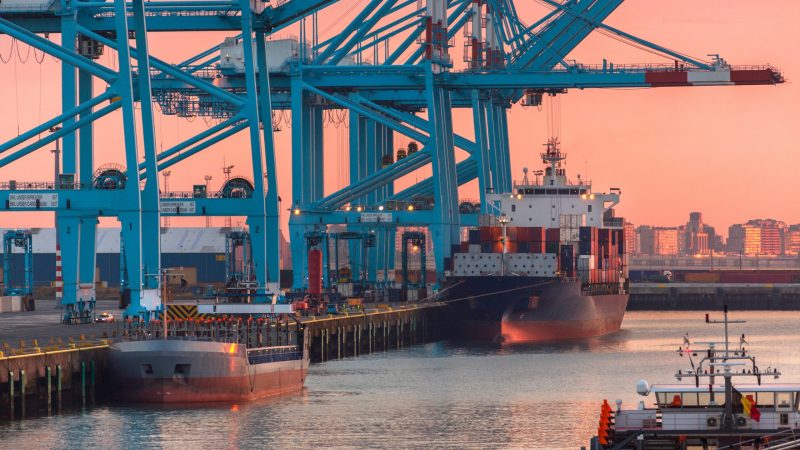In our globally connected economy, international logistics is the backbone of trade, bridging distances to deliver goods to consumers worldwide. Yet, this vast network is not without its environmental toll—carbon emissions, resource consumption, and waste generation are just a few of the significant costs associated with our current supply chain operations. As the world grapples with the realities of climate change, the call for sustainable logistics practices becomes ever more urgent.
The journey towards sustainable logistics requires a paradigm shift in how we manage cross-border shipments.
Efficient Transportation
A pivotal element in mitigating environmental impact is the optimization of transportation. This encompasses route refinement, the adoption of alternative fuels, and the investment in cutting-edge, energy-efficient vessels. Selecting the most effective modes of transport can lead to a significant reduction in emissions, diminishing the logistics sector’s environmental impact.
In 2021, the maritime industry saw a 4.9% surge in CO2 emissions from the previous year, with a staggering 700 million metric tons of carbon dioxide (MtCO₂) released into the atmosphere. To combat this, the industry is delving into a spectrum of eco-friendlier fuels, such as:
Biodiesel: A seamless substitute for conventional fuels, biodiesel is compatible with existing engines and can cut carbon emissions by 50% to 90%. Despite its promise, challenges like sourcing bio-feedstock and cost-effectiveness remain hurdles to its broader adoption.
E-diesel: As a member of the sustainable fuel family, e-diesel offers a path to lower emissions and a reduced ecological footprint.
Research is ongoing for next-generation biodiesels, which hold the potential for even greater environmental benefits. However, these advancements hinge on technological breakthroughs for their full-scale implementation.
Packaging for a Greener Tomorrow
Packaging is a critical component of logistics, safeguarding products en route. Traditional packaging materials, however, inflict significant environmental damage. The shift to biodegradable options is a vital step towards reducing waste and curbing pollution.
Here are a few examples of sustainable packaging alternatives:
Recyclable Packaging: These materials can be gathered and transformed into new products.
FSC-certified Packaging: Paper and cardboard endorsed by the Forest Stewardship Council for sustainable forestry practices.
Recycled Paper and Cardboard: Using post-consumer or post-industrial recycled content to diminish reliance on virgin materials.
Recycled Plastic: Packaging crafted from recycled plastic lessens the requirement for new plastic production and its related environmental consequences.
Our Role
Our choices and investments in sustainable practices hold the power to position us as leading forces in the fight against greenhouse gas emissions. Together, we have the capacity to effect meaningful change.




